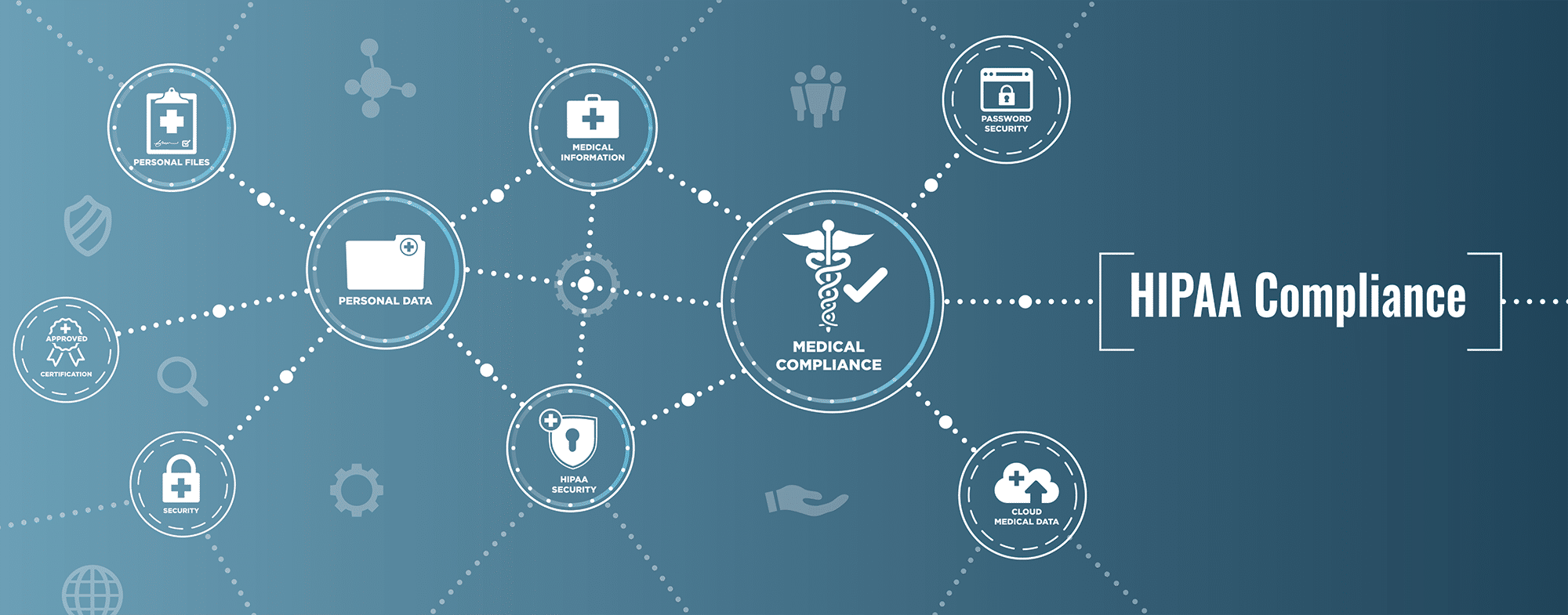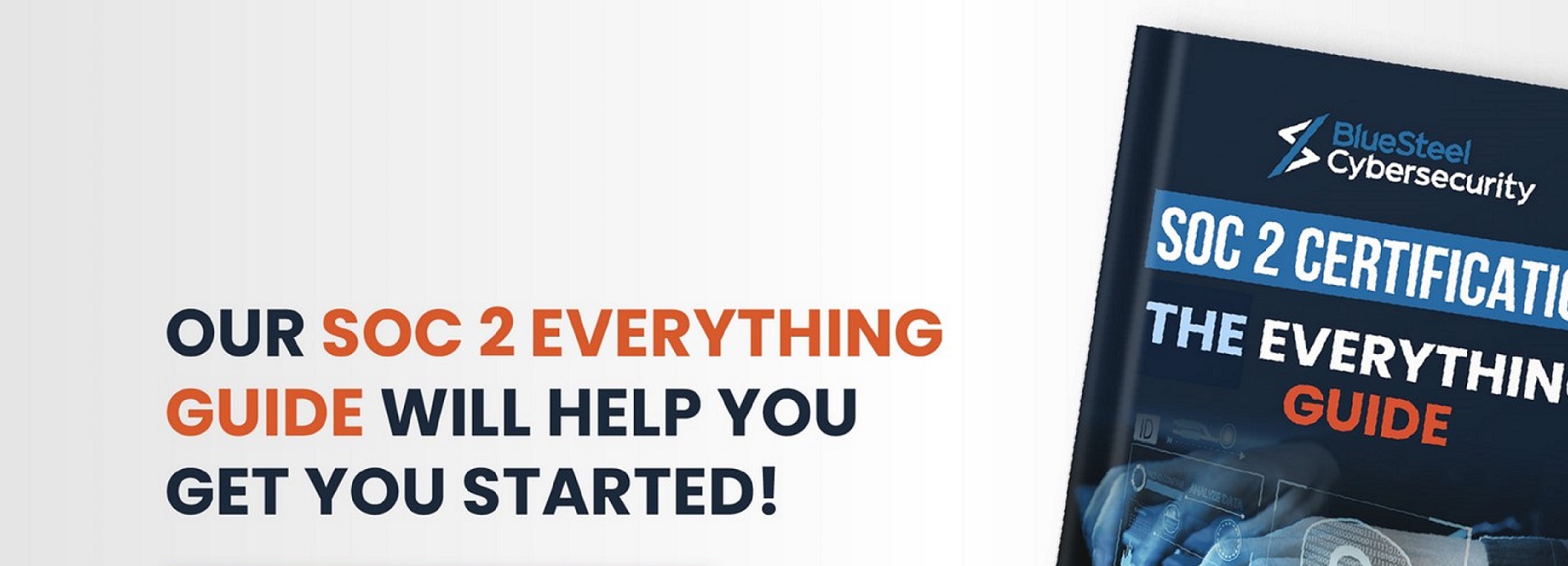In the last decade, the world has experienced a surge in technology. Now organizations around the globe are moving toward digital transformation more than ever. According to the Statista stats, in 2013, the digitally transformed enterprises will account for 53.3 trillion US dollars which will be more than 50 percent of the global nominal GDP.
Undoubtedly, digital transformation makes business operations more effective and efficient, but it also comes with security risks at the same time. Hackers, unwary employees, spyware, and ransomware/malware threaten businesses’ continuity persistently. This is where a security assessment can come shed light on the possible vulnerabilities that exist within your organization. The results of a very well-prepared Secusirty Assessment benched marked against appropriate security compliance can create the security roadmap needed for your organization’s security program.
In this article, we will discuss different types of security assessments and the pros and cons of doing it internally vs outsourcing.
Types of Security Assessments
There are several types of security assessments that you can have for your organization, and some of the most important ones are as follows.
Vulnerability Assessment
As the name suggests, this security assessment maps all the possible vulnerabilities found in your IT system. During this assessment, the tester determines the potential intensity of a possible cyberattack in different scenarios and identifies the recovery options. The results of this assessment are a list of problems that you need to address.
Penetration Assessment “Pen Testing”
Penetration assessment aims to inspect a particular potential target. For instance, your stored data can be altered, payment or other customers’ personal information can be stolen, or domain rights can be hacked. The results of this assessment inform you whether your organization’s current security measures are sufficient or not.
Red Team Assessment
The Red Team assessment is very similar to penetration assessment, and it’s done by an independent team. It’s a more targeted security assessment that aims to determine the gaps and vulnerabilities across the defense networks and infrastructure of your organization. In simple words, this security assessment figures out the capability of your organization to identify and respond to any cyberattack.
White, Grey, Black-box Security Assessment
The White, Grey, Black-Box Security assessment is basically a single part of the penetration assessment that we mentioned above. The three colors of this assessment type illustrate the amount of information that a tester possesses. The black color represents that the tester has no prior knowledge about your IT system, the grey color shows that the information at the disposal of the tester isn’t enough, and the white color shows that the tester has full access to your network.
IT Security Audit
The security or IT audit identifies the current configuration of your organization and determines if it meets the required compliance standard or not. It can also be based on both documentation and the technical aspect. It means this test doesn’t really go into the practicality and how the system actually works. Instead, it elaborates how your organization defines the security needs and their implementation.
Risk Assessment
The risk assessment, as the name suggests, identifies the actual risk level and the acceptable level. It means that it analyzes two different risk dimensions, which are:
- Probability of the risk
- The impact of the risk
Moreover, it can also be measured both qualitatively and quantitatively. The results allow you to understand how to minimize the actual level of risk to an acceptable level.
Threat Assessment
This type of assessment aims to find, analyze and manage different types of possible threats along with their severity and credibility. Moreover, it also calculates the chances of the threats it identifies and how they can become a real risk. Unlike other security assessments (rather than making assumptions), threat assessment is more focused on practical attacks.
Internal Self Assessment Vs. External Professional Assessment
You can either assess the security of your organization by hiring professionals, or you can do it yourself as well. Just like anything else, both of the approaches come with their own advantages and disadvantages. The following are the pros and cons of both approaches.
Self Assessment: Pros
- Better Understanding: The most important advantage of performing a self-security assessment is that only you fully understand the lay of the land. So, you can easily maneuver among gatekeepers and leadership to find anything you want.
- Saves Time: Because of a better understanding of your IT system, you can perform security assessments quickly. You won’t need to conduct long meetings to acquire the right data.
- More Resources: As a manager of your organization, you have all the resources available at your disposal that allow you to limit or reduce cyber risks by yielding better and reliable results.
Self Assessment: Cons
- Insufficient Knowledge: The biggest disadvantage of performing a self-security assessment is that you really don’t know what you don’t know. It means you might not have the required knowledge and experience to perform an assessment.
- Insufficient Time: Depending upon your position, you would already have some critical tasks at hand that you need to perform on a daily basis. Performing a self-security audit might cost you time that otherwise can be spent on more important tasks.
- Biasedness: More often than not, people who perform self-security assessments lack the moral fiber to come up with reliable and unbiased results.
Professional Assessment: Pros
- Reduces Internal Workload: Because external resources will be performing the security assessment, you won’t need to spend time organizing the team, tools, and components required.
- Unbiased Results: The third-party individuals performing security assessments are skilled and expert, and you can trust their findings and results because they aren’t influenced.
- Objective Testers: The professionals hired to perform security assessments will be focused and objective and provide accurate results that you can use to improve your security system.
Professional Assessment: Cons
- Finding the Right Professional: Researching and finding the right individual to perform security assessment for your organization takes time, and you need to find someone you can trust and can provide accurate results.
- Explanations: After hiring the right partner, you’ll need to spend time ramping them up.
- Requires Additional Budget: Typical assessment costs range from $2,500 – $30,000 depending on how complex your internal systems are and how in-depth you would need the assessment to be. Tip: Look for security compliances that are applicable to your organization to serve as a best practice model.
Next Steps
Deciding on if a security assessment should be conducted internally or outsourced isn’t easy, however, if the answer to any of the following questions is a “No”, then our suggestion would be to find an external partner to help with your organization’s security assessment needs:
- Do the internal resources currently have the skillset, time, and tools to successfully complete a detailed assessment?
- Have you had at least one professional assessment conducted over the past year?
- Is the organization currently following any specific best practices when it comes to the security program?
Reach out today to talk with one of our security experts in USA to learn about our Security Assessment Process and the insights into your organization’s security needs.






